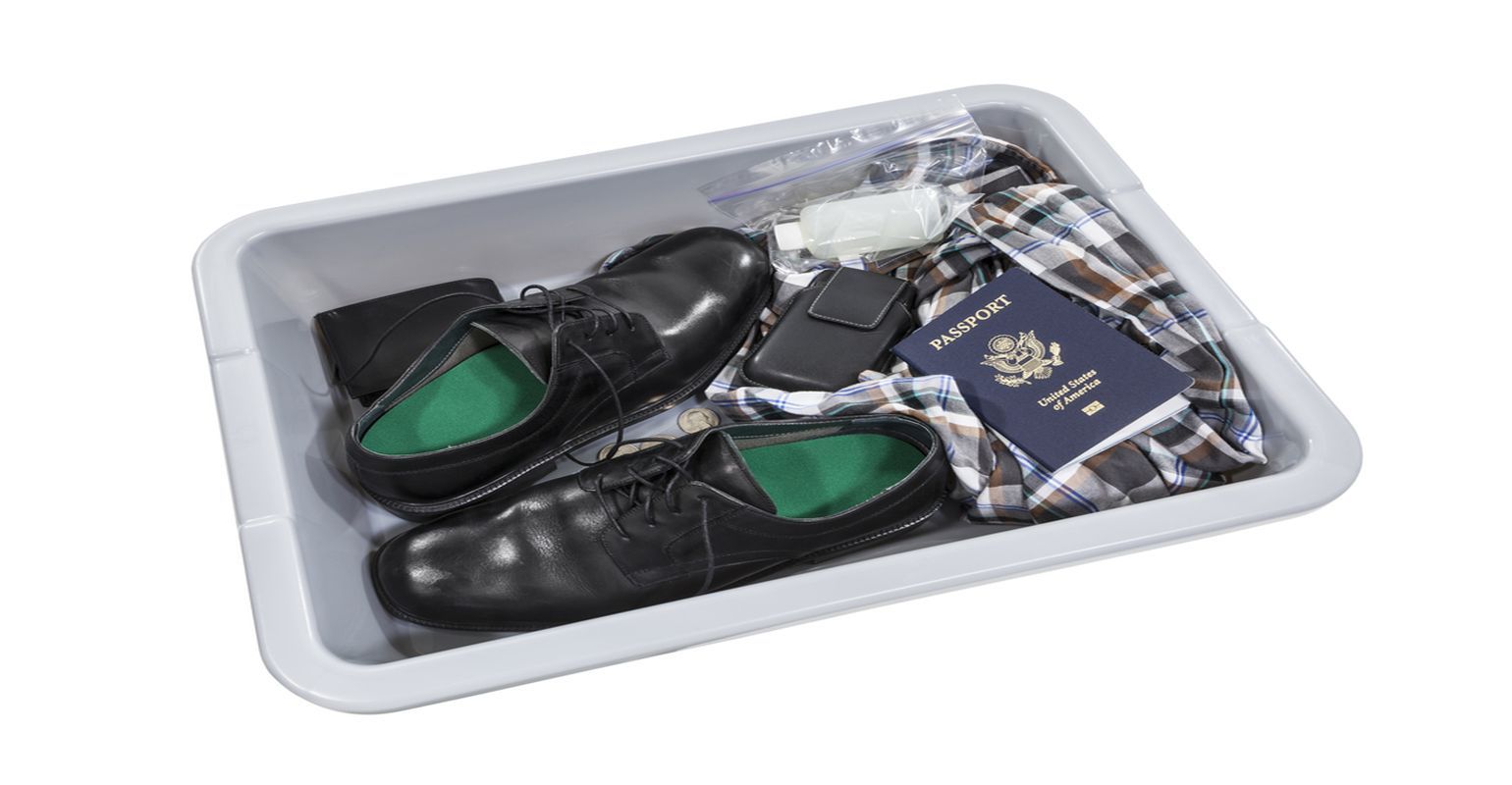Plastic Screening Trays at Airports Pose Highest Risk of Transmitting Respiratory Viruses

International and national travelling has made the rapid spread of infectious diseases possible. Little information is available on the role of major traffic hubs, such as airports, in the transmission of respiratory infections, including seasonal influenza and a pandemic threat. Ikonen, et al. (2018) investigated the presence of respiratory viruses in the passenger environment of a major airport in order to identify risk points and guide measures to minimize transmission.
Surface and air samples were collected weekly at three different time points during the peak period of seasonal influenza in 2015â16 in Finland. Swabs from surface samples, and air samples were tested by real-time PCR for influenza A and B viruses, respiratory syncytial virus, adenovirus, rhinovirus and coronaviruses (229E, HKU1, NL63 and OC43).
Nucleic acid of at least one respiratory virus was detected in 9 out of 90 (10%) surface samples, including: a plastic toy dog in the children’s playground (2/3 swabs, 67%); hand-carried luggage trays at the security check area (4/8, 50%); the buttons of the payment terminal at the pharmacy (1/2, 50%); the handrails of stairs (1/7, 14%); and the passenger side desk and divider glass at a passport control point (1/3, 33%). Among the 10 respiratory virus findings at various sites, the viruses identified were: rhinovirus (4/10, 40%, from surfaces); coronavirus (3/10, 30%, from surfaces); adenovirus (2/10, 20%, 1 air sample, 1 surface sample); influenza A (1/10, 10%, surface sample).
The researchers conclude that detection of pathogen viral nucleic acids indicates respiratory viral surface contamination at multiple sites associated with high touch rates, and suggests a potential risk in the identified airport sites. Of the surfaces tested, plastic security screening trays appeared to pose the highest potential risk, and handling these is almost inevitable for all embarking passengers.
Reference: Ikonen N, et al. Deposition of respiratory virus pathogens on frequently touched surfaces at airports. BMC Infectious Diseases. 2018;18:437
Robust infectious disease surveillance, including rapid subtyping of influenza A, is essential for early detection, containment, and public health reporting of novel viral threats.